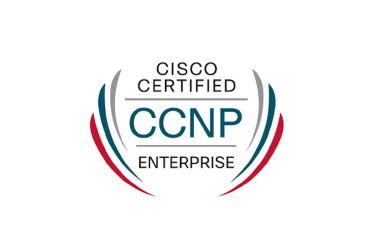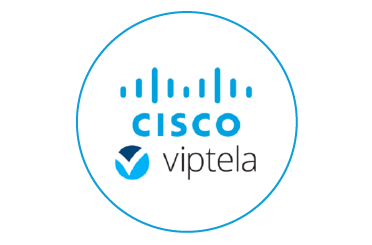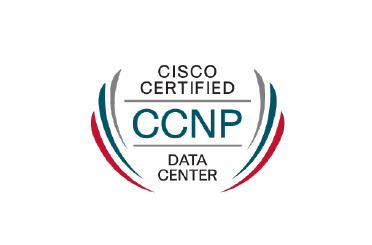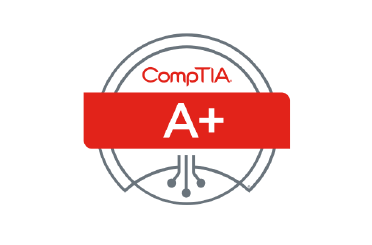What are the advantages of VTPv3
VTP has three different versions and these are VTPv1, VTPv2 and VTPv3, The default VTP version 1 is run on all Cisco Catalyst switches. Let us share with you some of the features and the capabilities of the VTP versions.
1) VTP primary and secondary server: VTPv3 supports propagation of any database in a VTP domain by allowing you to configure a primary and secondary server; only the primary server is able to create, modify and delete VLAN information like VLAN ID and Name. This is a great change you can find in VTPv3.
You have read that in VTPv3 you only can make changes on the primary server; you cannot create or delete VLAN ID and Name on a secondary server switch. So why we need to use both VTP primary and a secondary server?
The Secondary Server Role of VTPv3 is not able to modify VLANs and their Information. It is played as a back-up or standby role of the Primary Server switch and can be promoted to Primary Server Role when it is configured to be.
2) The Extended VLAN Range (1006 to 4094): VTPv1 and VTPv2 support only the normal VLAN range from 1 to 1005, while in VTPv3 you can synchronize the extended VLAN range that is from VLAN 1006 to 4094.
3) Improvements on authentication process: VTPv2 support a plaintext or clear text password authentication for VTP domain switches. But VTPv3 supports more secure methods for VTP domain password authentication like encrypted authentication method is used for VTPv3, the password also stored securely in VTPv3. Another great security improvement of VTPv3 is that hidden authentication is supported.
4) VTP mode off: If you didn�t want to synchronize all VLAN information in some switches, you had to use the transparent mode in VTPv1 and VTPv2. But in VTPv3 you can prevent a Switch by getting VTP advertisements in the VTP domain through the VTP mode off option.
Some of the new addition features to VTPv3 is Private VLAN and MST synchronization supports by VTPv3.










































